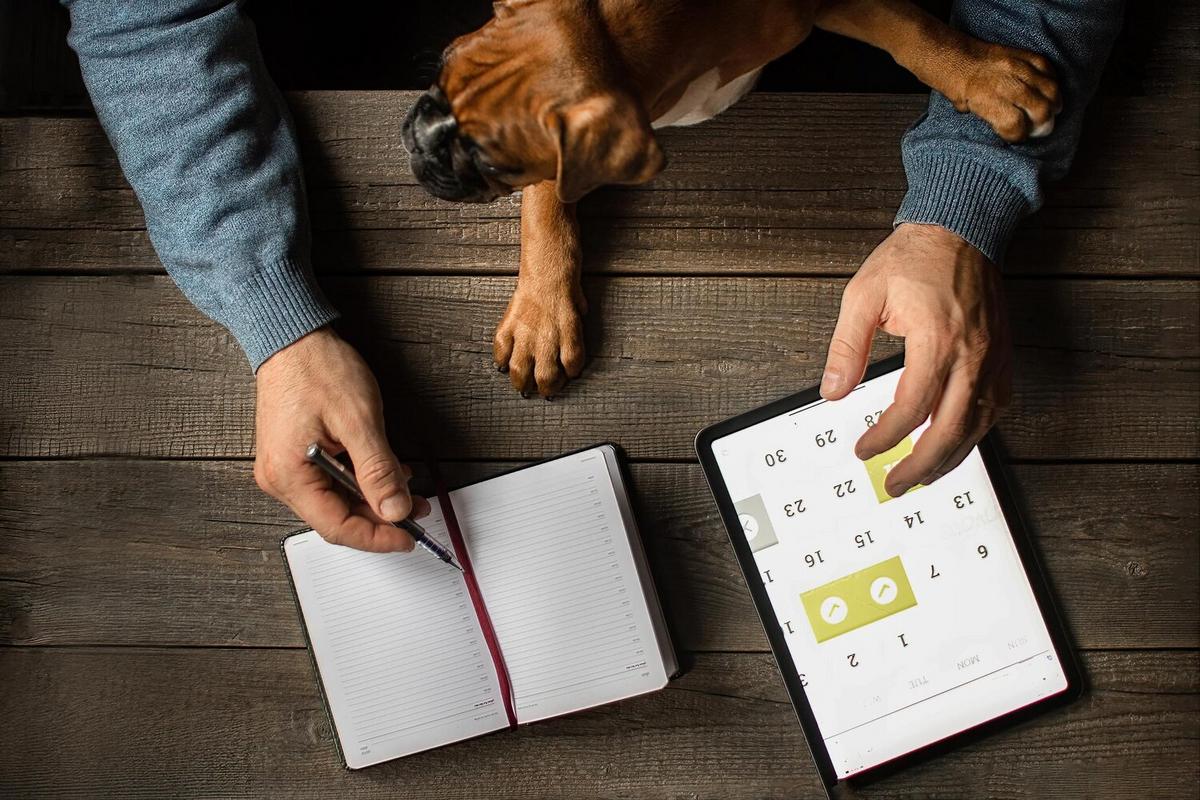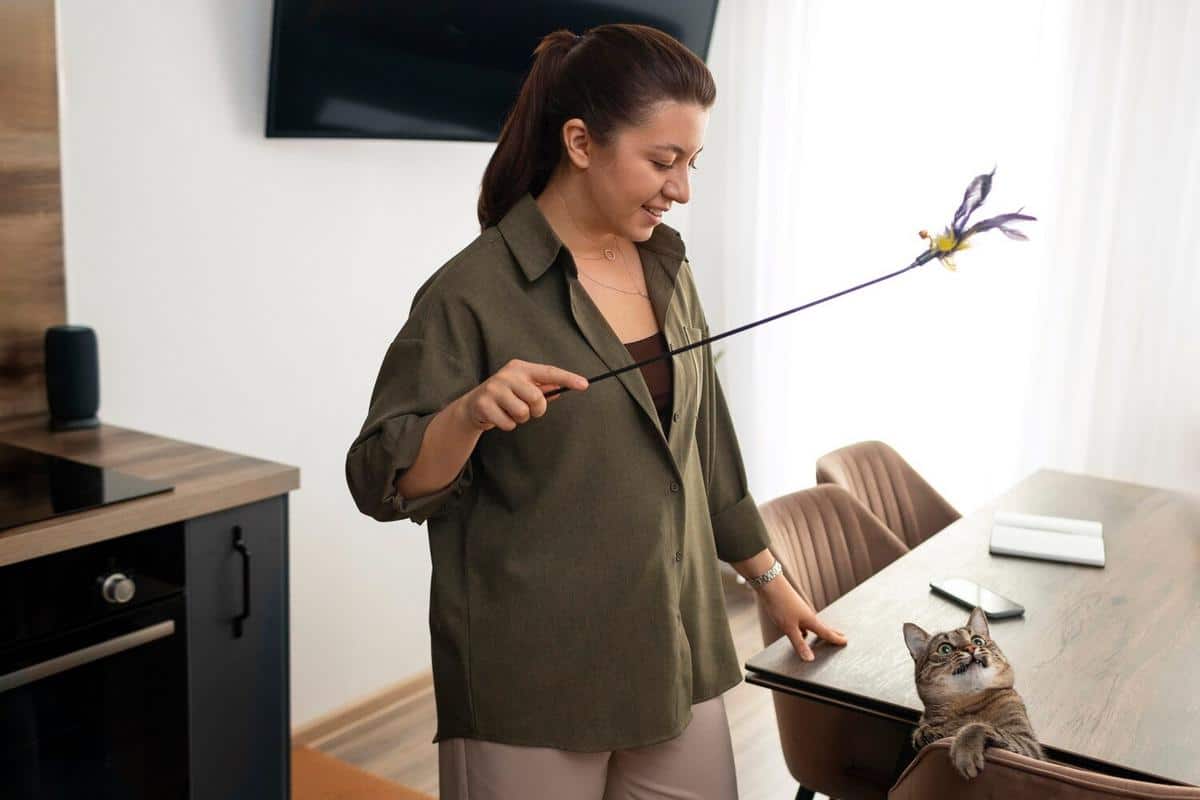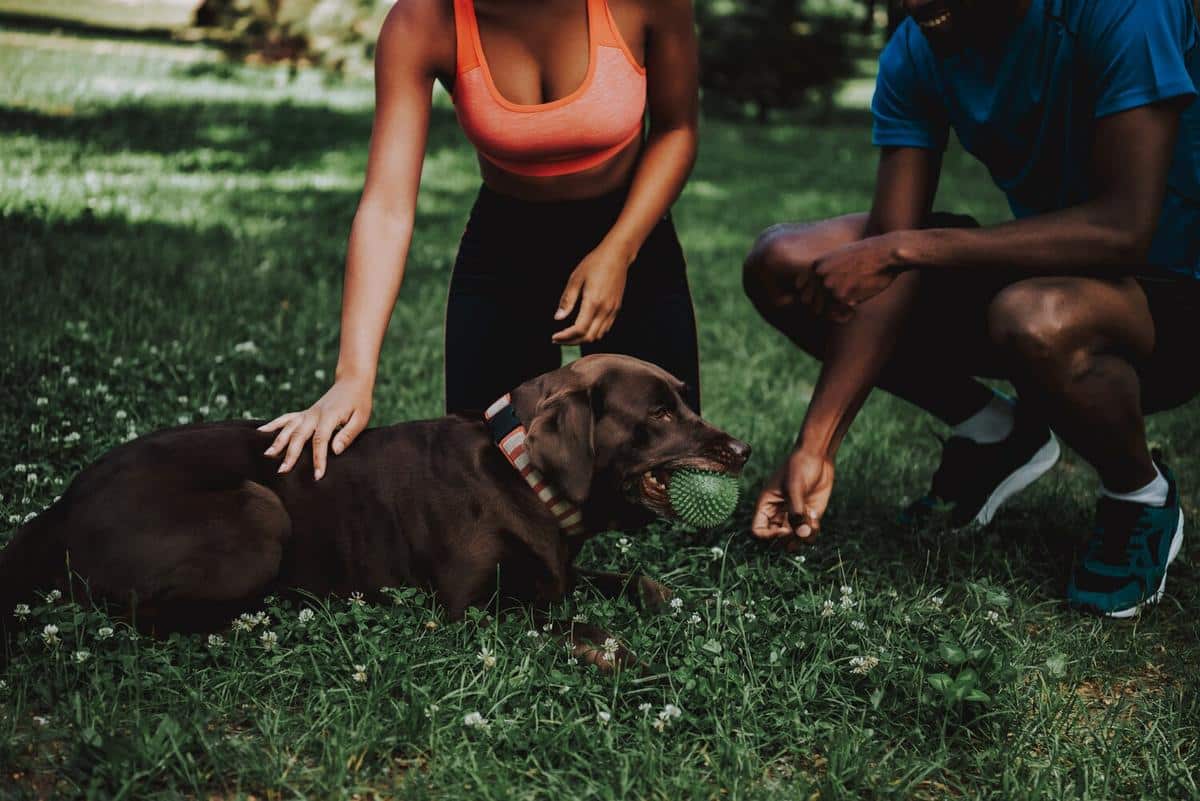
The Significance of Routine in Pet Training
Establishing a routine is a cornerstone of effective pet training, creating a predictable environment that fosters learning and trust between you and your furry friend.
The Importance of Routine in Pet Training
Consistency is key when it comes to training your pet. A structured routine helps in setting expectations and reducing anxiety for your pet. According to animal behaviorists, routines help pets understand what is expected of them, making learning new behaviors easier.
Why Routine Matters
Routine offers pets a sense of security. Dr. Mary Burch, a certified applied animal behaviorist, emphasizes that routines help in establishing a predictable environment, which is crucial for effective training. When pets know what to expect, they are more likely to respond positively to commands.
Research Insights
A study published in the Journal of Veterinary Behavior found that pets with consistent routines exhibited less stress and were more responsive during training sessions. Moreover, routines have been shown to improve overall behavior and reduce instances of undesirable actions.
Personal Experiences
Take, for example, Alex, who trained his energetic Labrador, Max, using a structured routine. By feeding, walking, and training Max at the same time every day, Alex noticed a significant improvement in Max’s responsiveness and overall behavior.
Actionable Tips for Establishing a Routine
- Set Specific Times: Designate specific times for feeding, walks, and training sessions. This creates a predictable schedule for your pet.
- Consistency is Crucial: Stick to the schedule as closely as possible. Consistency reinforces learning.
- Adapt as Needed: While routine is important, be flexible enough to make adjustments based on your pet’s progress and needs.
Table: Routine Activities for Pet Training
| Activity | Time | Frequency | Purpose |
|---|---|---|---|
| Feeding | 8 AM & 6 PM | Daily | Nutrition & Routine |
| Walking | 7 AM & 7 PM | Daily | Exercise & Socialization |
| Training Sessions | 10 AM | 3 times a week | Skill Development |
| Playtime | 4 PM | Daily | Bonding & Fun |
| Grooming | 2 PM | Weekly | Hygiene |
| Vet Check-ups | 11 AM | Monthly | Health Monitoring |
| Quiet Time | 9 PM | Daily | Relaxation |
| Socialization | 5 PM | Twice a week | Behavioral Improvement |
Frequently Asked Questions
What if my schedule changes?
It’s okay to make adjustments. Try to keep the changes minimal and gradual to avoid confusing your pet.
How long should each training session be?
Keep sessions short and engaging, around 10-15 minutes, to maintain your pet’s interest and focus.
Can I incorporate playtime into training?
Absolutely! Playtime can be a great way to reinforce positive behaviors and make learning fun.
Conclusion
Routine is an invaluable tool in pet training, providing structure and security for pets while enhancing their ability to learn and adapt. By committing to a consistent schedule, you not only improve your pet’s behavior but also strengthen the bond you share. As you develop your pet’s routine, remember that patience and consistency are your greatest allies. Start implementing a routine today, and watch as your pet thrives in a structured and supportive environment.


